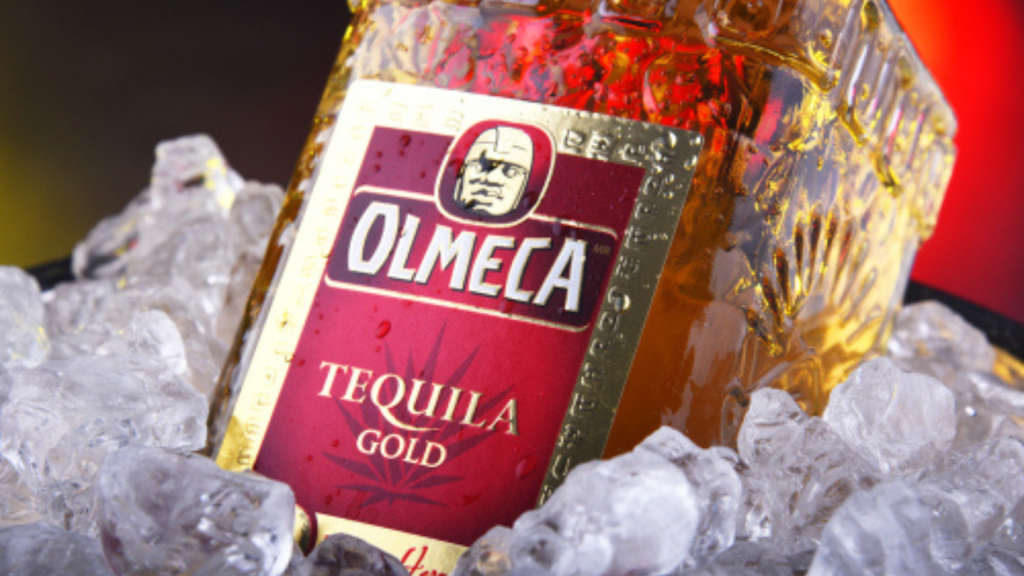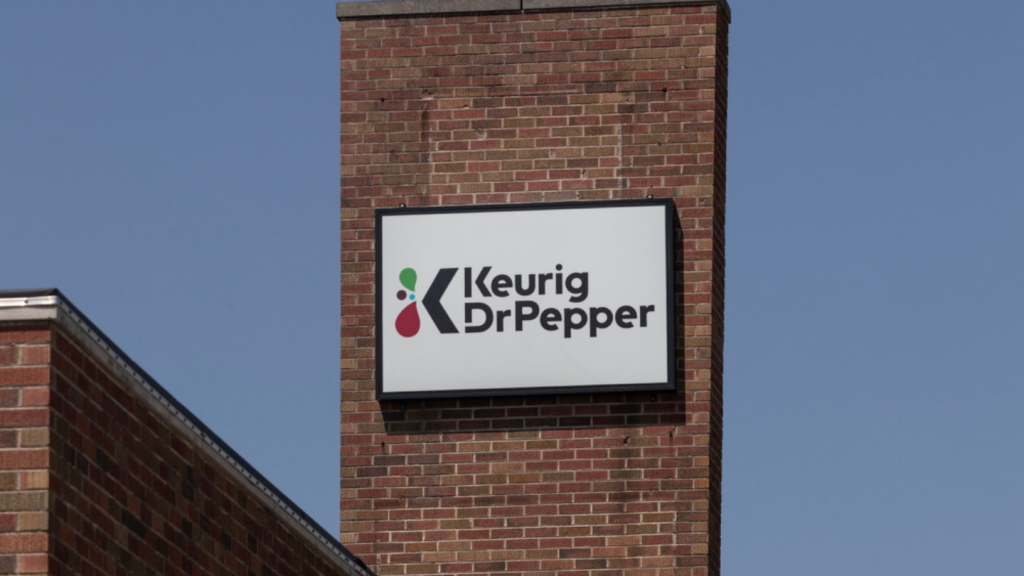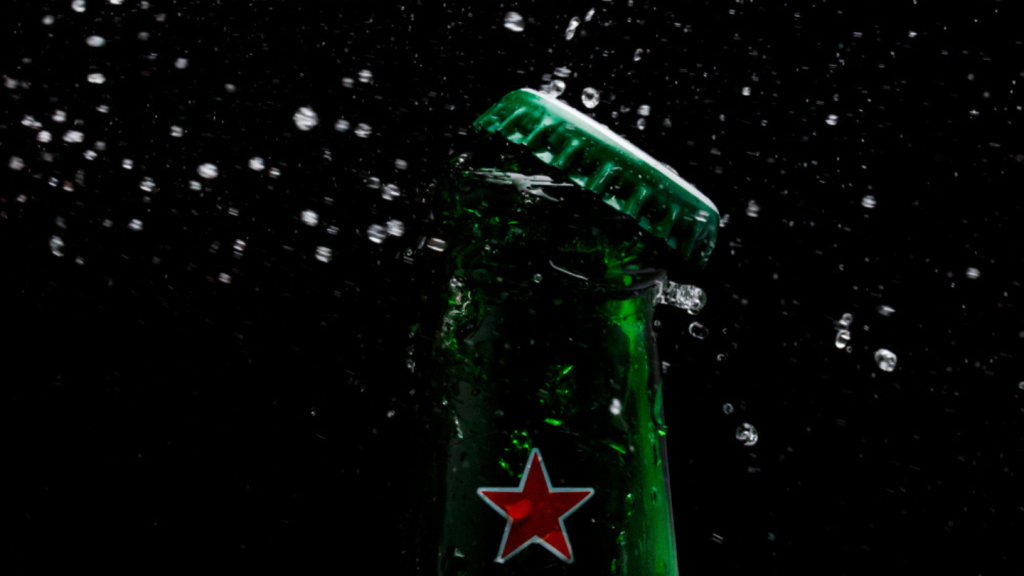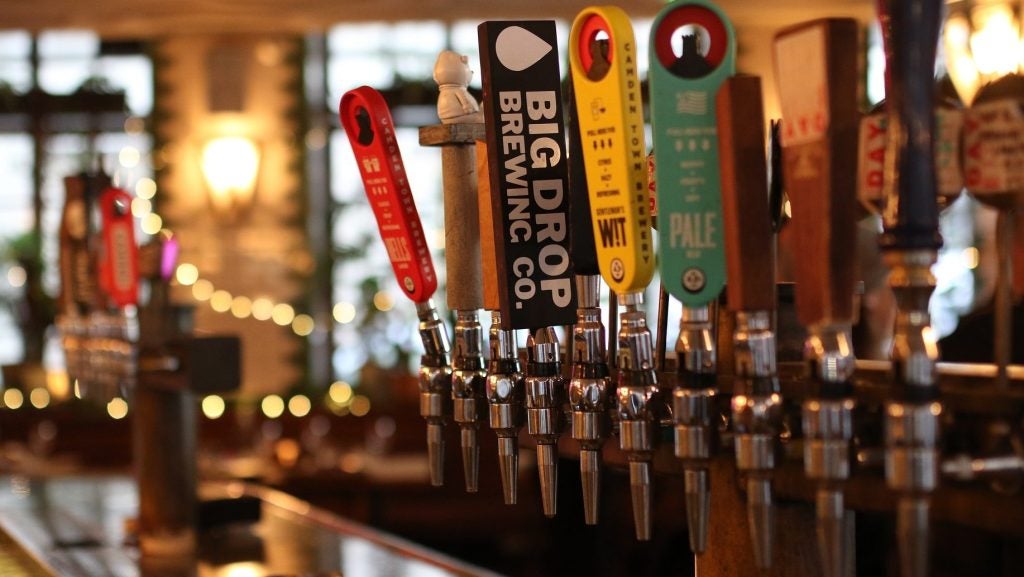Anheuser-Busch InBev has filed a patent for a method of producing beer with reduced carbohydrate content. By subjecting fermented malt beverage to reverse osmosis and combining it with hops, the resulting beer has less than 1 gram of carbohydrates per 355 mL serving and at least 2% alcohol by volume. GlobalData’s report on Anheuser-Busch InBev gives a 360-degree view of the company including its patenting strategy. Buy the report here.
According to GlobalData’s company profile on Anheuser-Busch InBev, Packaging cans with tearing tabs was a key innovation area identified from patents. Anheuser-Busch InBev's grant share as of January 2024 was 52%. Grant share is based on the ratio of number of grants to total number of patents.
Method of producing low-carb beer using reverse osmosis
See Also:
A patent application (Publication Number: US20240002759A1) describes a method for producing a beer beverage with reduced carbohydrate content and increased real degree of fermentation (RDF). The process involves subjecting a fermented malt beverage to a reverse osmosis stage, resulting in a reverse osmosis permeate that is combined with hops or their essence. This method yields a beer beverage with less than 1 gram of carbohydrates per 355 mL serving and an alcohol content of at least 2% ABV. Additionally, the RDF of the beer beverage is enhanced to at least 94, with variations in RDF levels and carbohydrate content specified in the claims.
Furthermore, the patent application outlines specific conditions for the reverse osmosis stage, including temperature and pressure ranges for the beverage fraction entering and exiting the units. The method aims to reduce the carbohydrate content of the beer beverage significantly while retaining a high percentage of the alcohol content from the original fermented malt beverage. The resulting beer beverage can have varying alcohol content levels within a specified range, catering to different consumer preferences. Overall, the patented method offers a novel approach to producing beer with specific nutritional characteristics, potentially appealing to health-conscious consumers seeking lower carbohydrate options without compromising on alcohol content or flavor.
To know more about GlobalData’s detailed insights on Anheuser-Busch InBev, buy the report here.
Premium Insights
From

The gold standard of business intelligence.
Blending expert knowledge with cutting-edge technology, GlobalData’s unrivalled proprietary data will enable you to decode what’s happening in your market. You can make better informed decisions and gain a future-proof advantage over your competitors.







